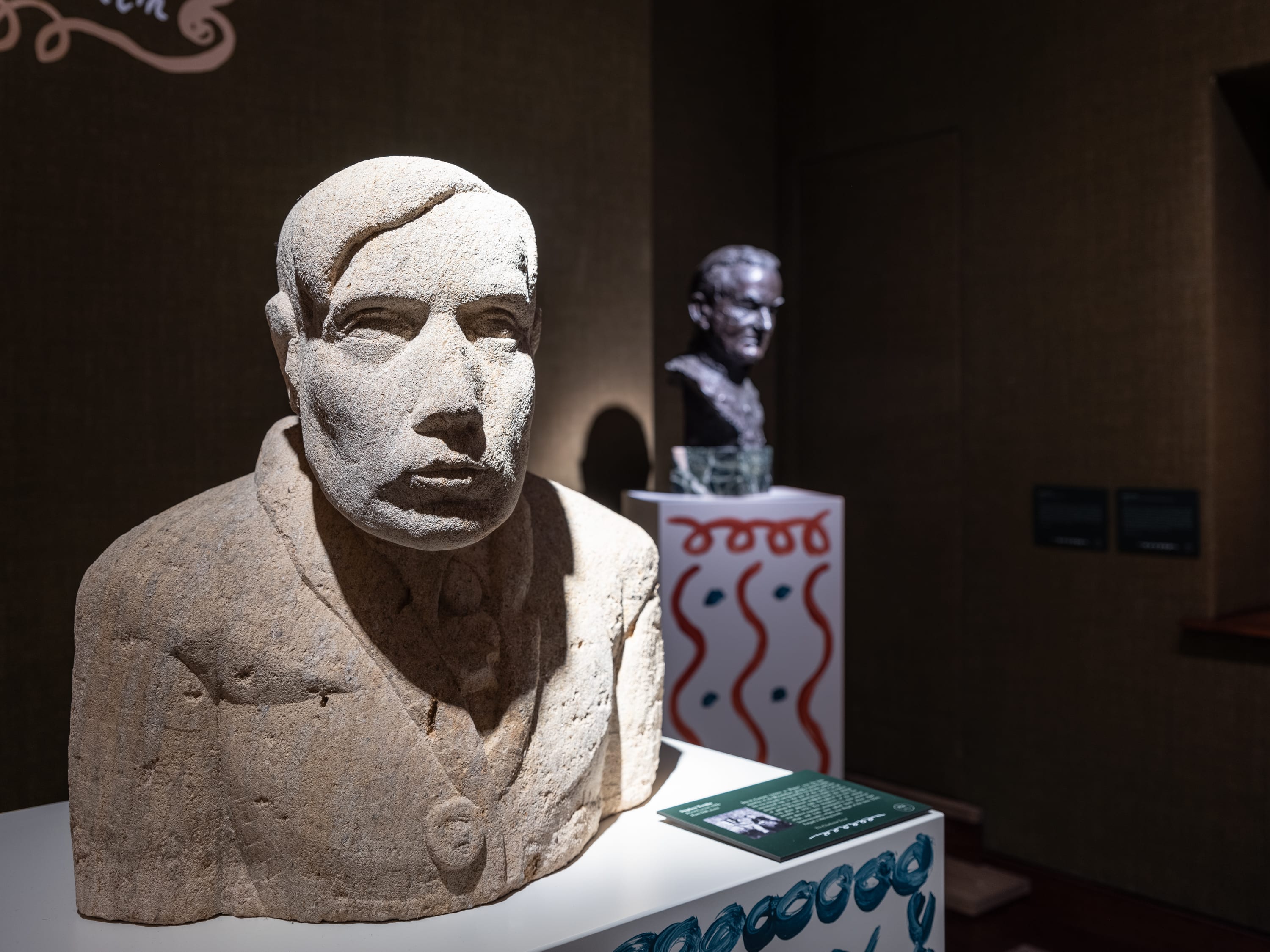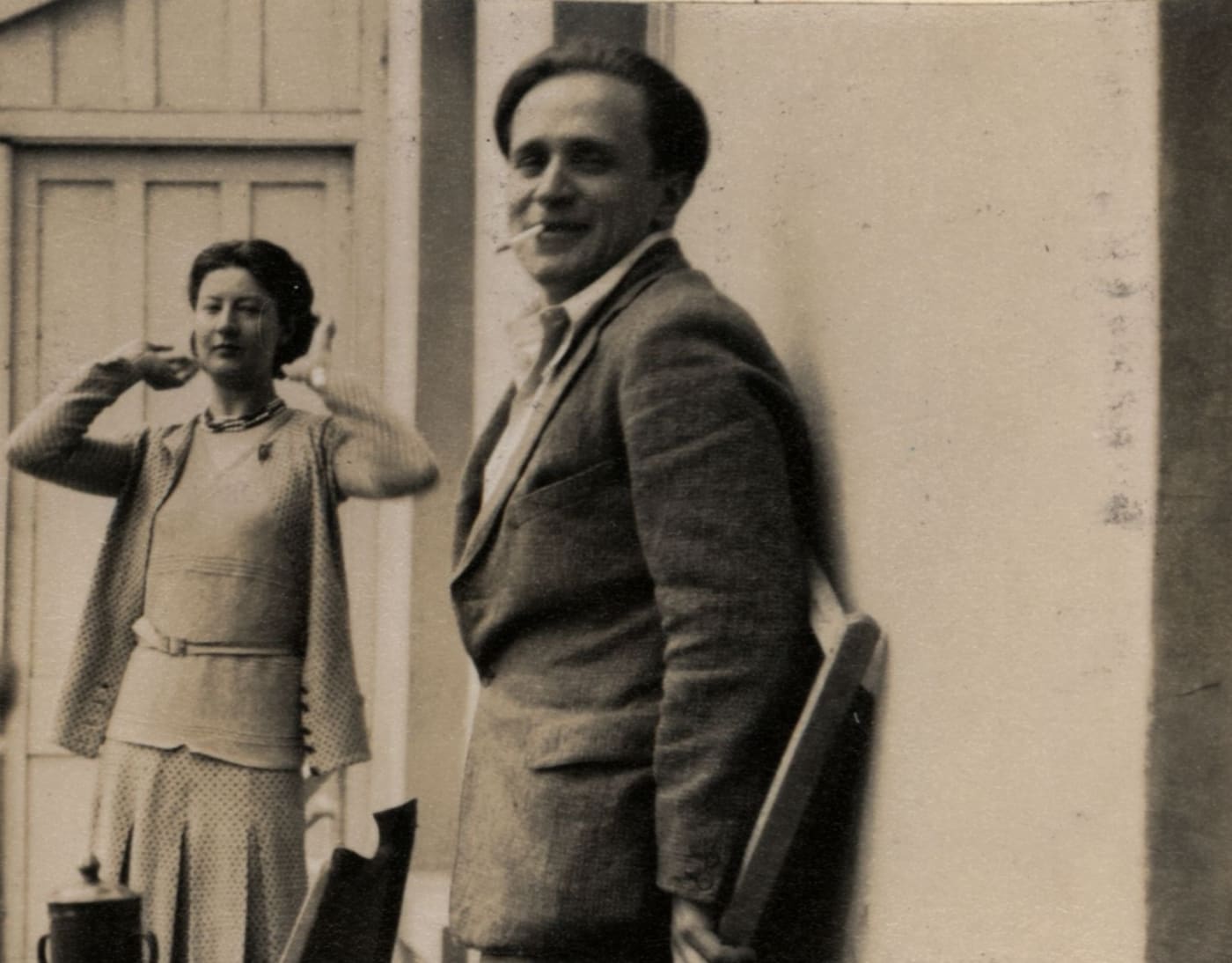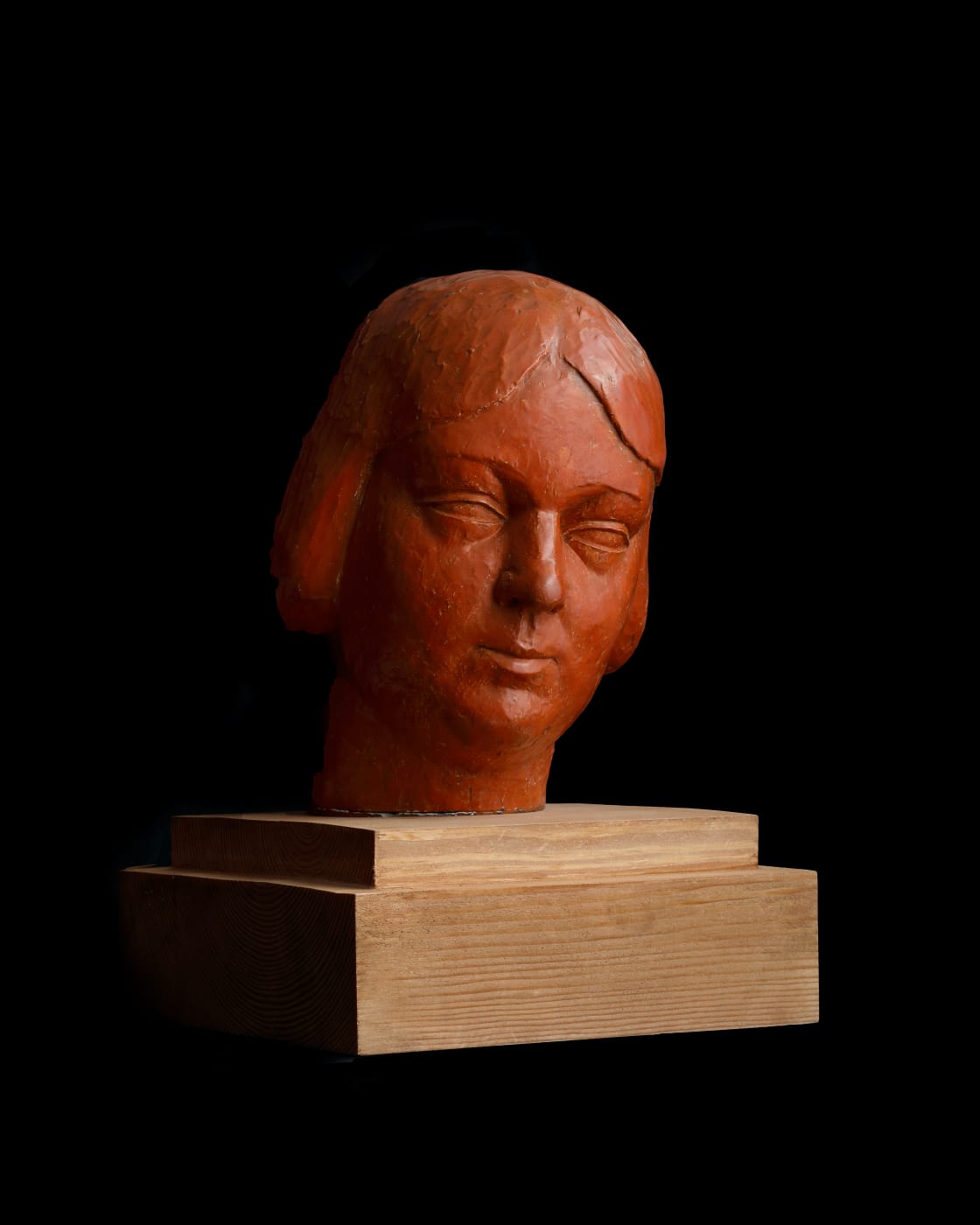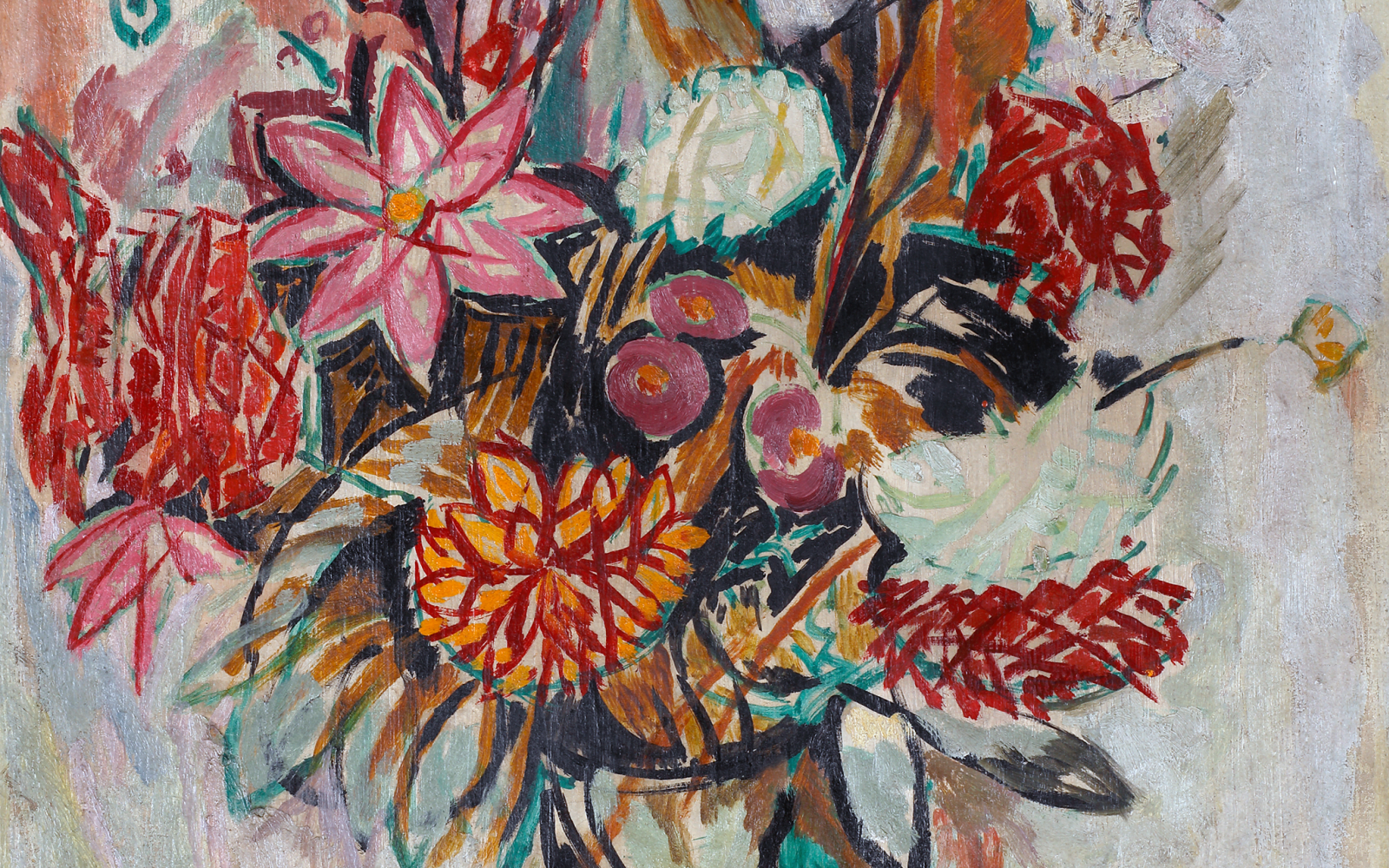Michael Bloch, co-author of Bloomsbury Stud: The Life of Stephen 'Tommy' Tomlin, tells the story of this artist's connection to the Bloomsbury group on Art UK.
On a visit to London in the summer of 1922, Stephen Tomlin had met David 'Bunny' Garnett, a charismatic bisexual novelist eight years his senior who was closely involved with the Bloomsbury Group, having had an intense wartime friendship with Duncan Grant. Tommy and Bunny formed an instant attachment, which was certainly sexual for a time. Bunny visited Tommy at Chaldon; and when Tommy returned to London early in 1923, installing himself in a studio in Fulham, the first sculpture on which he worked (indeed, the first of his works known to have survived) was a portrait head of Bunny carved in Ham Hill stone.

Tommy had already met Duncan Grant and Maynard Keynes. At Bunny's thirtieth birthday party in March 1923 he was introduced to other leading members of the Group – Lytton Strachey and Dora Carrington, Leonard and Virginia Woolf, Clive and Vanessa Bell.
Tommy was drawn to the 'Bloomsberries' by their love of intellectual discussion, their bohemian lifestyles, and their rejection of conventional values and of sentimentality in art. He in turn appealed to them with his charm, intellect and good looks. But before his friendship with them could blossom he was sidetracked by an all-consuming love affair with another person met at Bunny's party, the American heiress Henrietta Bingham. Daughter of a newspaper tycoon who would later become United States Ambassador to London, Henrietta was undergoing psychoanalysis with Freud's English disciple Ernest Jones.
Tommy spent several months in her constant company, and executed a bust of her: gazing downwards and tilted to one side, it captures an elusive, coquettish, quizzical quality.
The years 1925–1927 saw the apogee of Tommy's association with 'Bloomsbury'. He became a favourite guest at three of their country houses – Hilton Hall near Cambridge, where Bunny moved after achieving success as a novelist; Charleston in Sussex, where Duncan lived with Vanessa Bell; and above all Ham Spray in the Wiltshire Downs, where the writer Lytton Strachey lived in a triangular relationship with the artist Dora Carrington and her husband Ralph Partridge.
By the spring of 1926 both Lytton and Carrington had fallen in love with Tommy, who reciprocated their feelings. Carrington painted a portrait of him, while Tommy executed a statue for the Ham Spray grounds.










